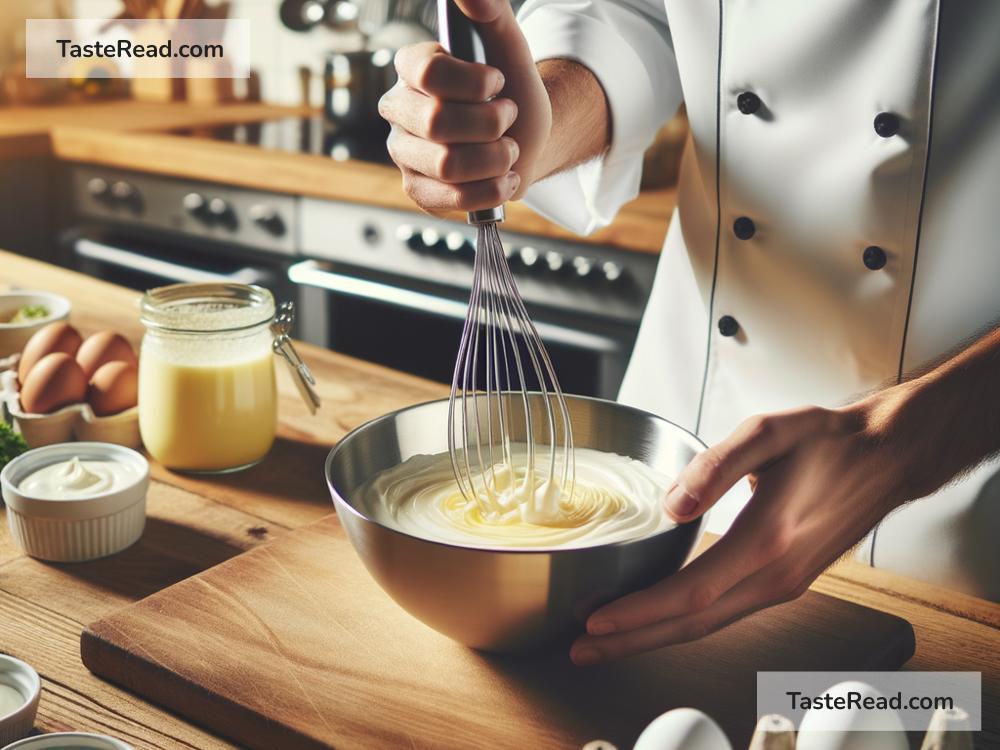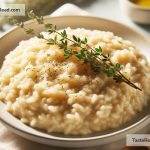Mastering the Art of Smooth, Lush Custards: Advanced Techniques Simplified
There’s nothing quite like the silky, decadent experience of indulging in a perfectly made custard. Whether it’s the base for a sumptuous crème brûlée, the filling of a lush pastry, or a standalone dessert adorned with fresh fruits, getting that smooth, rich texture is key to turning a good custard into an unforgettable one. Here are some advanced, yet simplified techniques to elevate your custard-making game.
1. Understand the Custard Spectrum
Firstly, it helps to know that not all custards are created equal. They range from pourable sauces like crème anglaise to spreadable fillings and standalone desserts that need to hold their shape, like panna cotta. The difference lies in their thickening agents – eggs, starch, or a combination of both. Recognizing the type you aim to create is crucial for selecting the right method.
2. Low and Slow: The Temperature Game
Custards are a delicate balance of eggs, sugar, and milk or cream, with temperature being a crucial factor. Cooking at too high heat can cause the eggs to scramble instead of forming that smooth, creamy texture we’re after. To avoid this, always cook custards over a low heat. Consider using a double boiler or a heat diffuser to provide gentle, indirect heat, which offers you more control.
3. Stirring: Less is More
While it might be tempting to stir your custard constantly in an attempt to keep it smooth, over-stirring can incorporate air, leading to an undesirable foamy texture. Stir custards gently and only as much as necessary to prevent them from sticking to the bottom of the pan.
4. Strain to Gain
No matter how careful you are, tiny bits of cooked egg or clumps can form in your custard. Don’t let these imperfections ruin your silky dreams. Pour your finished custard through a fine-mesh sieve into a clean bowl. This step ensures any undesirable bits are left behind, guaranteeing that smooth, luxurious texture.
5. The Magic of Cornstarch
If you’re working towards a custard that’s worry-free when it comes to scrambling, incorporating cornstarch can be your safety net. Cornstarch not only thickens the custard but also stabilizes the eggs, allowing them to withstand higher temperatures without curdling. A little goes a long way; usually, a teaspoon or two is enough for most recipes. Remember, though, that adding cornstarch may alter the texture slightly, making it a bit less silky but still delicious.
6. Water Bath Wonders
For custards that need baking, such as flan or crème brûlée, a water bath is your best friend. Place your filled ramekins or baking dish in a larger pan, and pour hot water around them until it comes halfway up the sides of the containers. This method provides gentle, even heat, reducing the risk of curdling or cracking, ensuring a smooth, creamy result every time.
7. Temperature Precision
Investing in a good quality thermometer can take the guesswork out of custard making. Eggs begin to set at around 160°F (71°C), so keeping your mixture in the 160-175°F (71-79°C) range is ideal. Too high, and you risk curdling; too low, and your custard won’t set. A thermometer gives you precise control over the process, significantly upping your chances of achieving that perfect custard consistency.
8. Chill for Perfection
Once cooked, custards need to be cooled properly to set and develop the right texture. Cool them at room temperature for a while before transferring them to the refrigerator. Rushing this process can affect the final product, so patience is key. Covering the surface with plastic wrap can prevent a skin from forming on top, keeping your custard perfectly smooth.
Embrace Mistakes as Lessons
Even with the best techniques, making the perfect custard can sometimes be challenging, and mishaps may happen. Embrace these as part of the learning process. Overcooked custard can be transformed into a delicious ice cream base, and slightly grainy textures can often be salvaged by blending and straining.
Mastering custard is a journey of patience, precision, and practice, but it’s well worth the effort. By employing these advanced techniques, you’ll be well on your way to creating custards that are not just desserts but luxurious experiences. So, arm yourself with these tips, and let the magical world of smooth, lush custards open up before you. Happy cooking!


